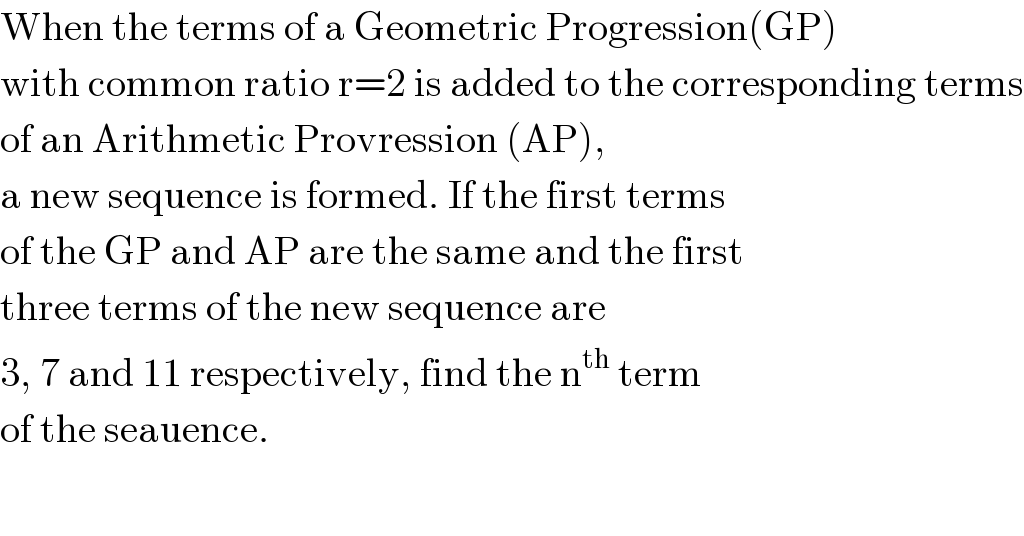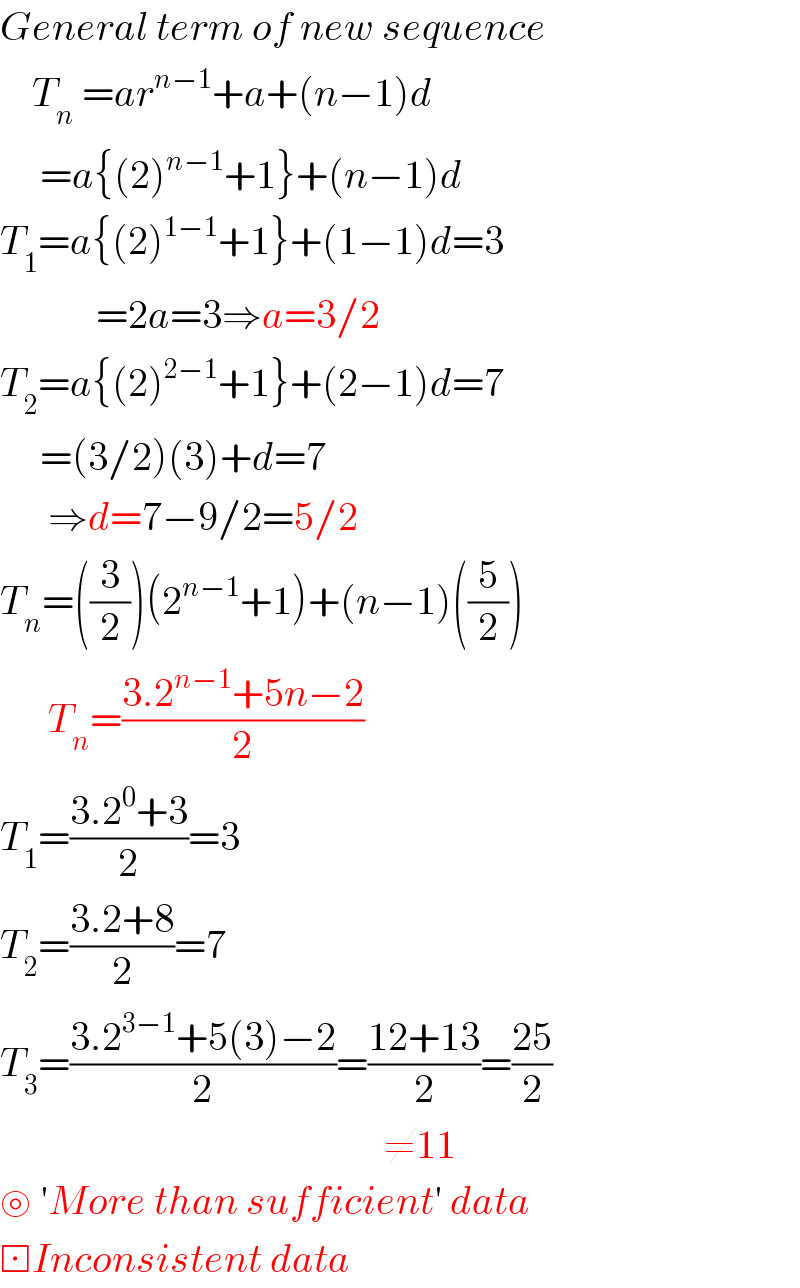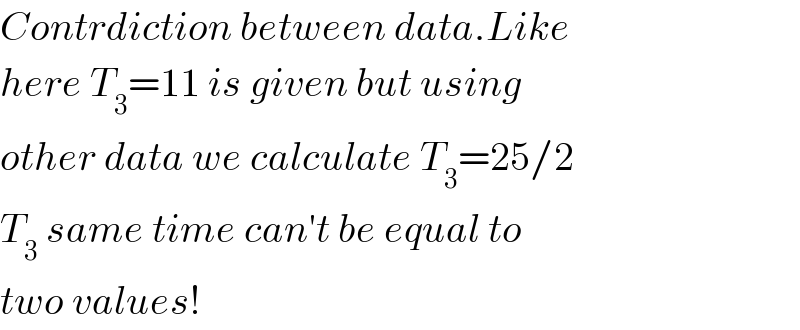
Question and Answers Forum
Question Number 111342 by pete last updated on 03/Sep/20

Answered by Rasheed.Sindhi last updated on 03/Sep/20

Commented by Aina Samuel Temidayo last updated on 03/Sep/20

Commented by Rasheed.Sindhi last updated on 03/Sep/20

Commented by Aina Samuel Temidayo last updated on 03/Sep/20

Commented by Rasheed.Sindhi last updated on 03/Sep/20

Commented by pete last updated on 03/Sep/20

